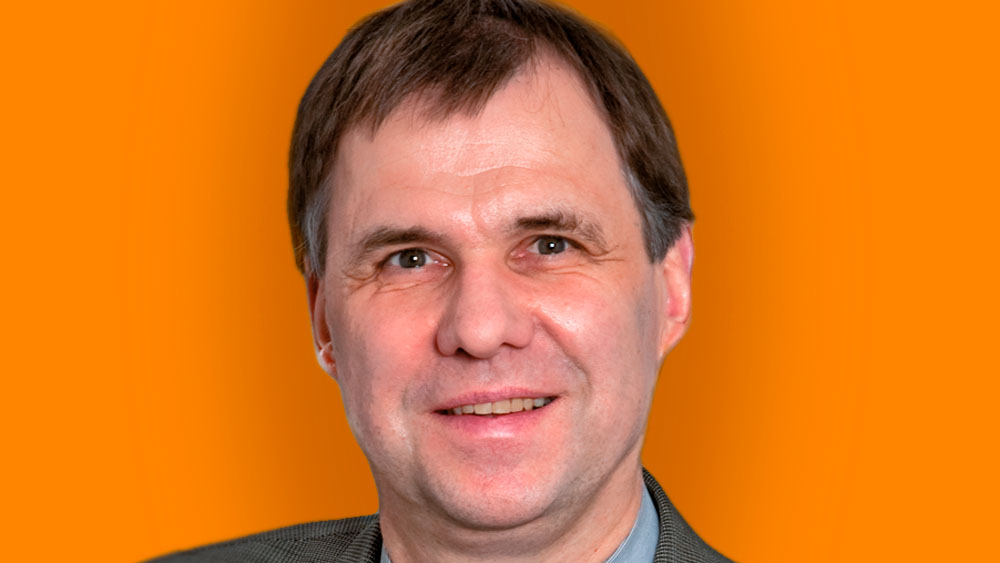
Chicken or egg
On 24 February, Adolf Goetzberger, former director of the Fraunhofer Institute ISE in Freiburg and photovoltaics pioneer, passed away. I happened to meet him in 2015 in Freiburg on the occasion of me receiving the J.J. Ebers Award from the IEEE Electron Devices Society in 2014, as the second German ever – Goetzberger was the first. He was honored for seminal contributions while working at Shockley Labs in Palo Alto and thereafter at Bell Labs in Murray Hill.
Goetzberger was among the second wave of employees at William Shockley’s firm, which is considered to have sprouted Silicon Valley after the “traitorous eight” had left the company in 1957 to found Fairchild Semiconductor. This was right after Shockley, Bardeen and Brattain had received the 1956 Nobel Prize in physics for their demonstration of the first transistor in 1947/1948. Those years are currently being revisited as we celebrate the 75th anniversary of this major milestone of the industrial age.
The collaboration of those three Bells Labs researchers wasn’t harmonious, though. Shockley, as Goetzberger told me, was very demanding, arrogant even. He always came up with his own theory first and then forced his staff to prove it experimentally.
Back then, they all worked in an interdisciplinary research team at Bell Labs, set up by Mervin Kelly, the so-called spiritual father of the transistor. They tried to build a field-effect switching device patented by Julius Edgar Lilienfeld twenty years ago. There were many attempts, starting with Shockley’s device theory, followed by Bardeen designing the experiment and by Brattain building the test device.
But in December 1947, Bardeen and Brattain had built the first transistor without having involved their manager Shockley. That first semiconductor switch, however, wasn’t the device Lilienfeld had conceived. It was based on the bipolar flow of electrons and holes through the bulk of the semiconductor, as Shockley was able to show with his bipolar transistor theory in early 1948. This time, the theory came after the invention: instead of having theory set the foundation for subsequent experimental work, it served to explain an experimental observation that would be misinterpreted otherwise.
There was another such example Goetzberger told me about. When he joined Shockley Labs in 1962, he was asked to carry out experiments designed by Shockley to overcome a leaky junction issue, which was prevalent due to dirty lab conditions. Shockley had developed a theory in which metal precipitates were responsible for the soft junction breakdown, but he needed proof. By accident, as he stated modestly, Goetzberger found a way to produce good junctions every time. He’d invented the gettering process in semiconductors using highly phosphorus-doped glass. Like the bipolar transistor, gettering in semiconductors was explained by theoretical and modeling work after its discovery.
These bits of electronics history raise questions that are still valid. Can a patent be issued without any evidence of experimental verification? Today, the patent office would demand that the invention at least not be obvious to the specialist. Another question is whether theory or experiment should come first.
Most often, both are needed. We should start with a rough theory along with some back-of-an-envelope calculations, based on which the experiment is designed. That way, according to Goetzberger, we can avoid overlooking any new physics from the experimental results. Theoreticians and experimentalists need to remain in a continuous fruitful exchange.
This interaction seems to vanish in times when we tend to exploit TCAD tools for designing and verifying new device structures. Such tools are very powerful, but they need to be used with care. We should never attempt to predict exact quantitative device characteristics but rather use TCAD for parameter sensitivity studies. And TCAD should always be accompanied by experimental evidence. A similar statement could be made for compact modeling, where theory builds on experiment.
As we celebrate the 75th anniversary of the transistor, we should also remind ourselves about how pioneers like Adolf Goetzberger did their research and developed their first semiconductor products. Their way of working may come back to us as we try to build memristive and quantum devices in semiconductors.






